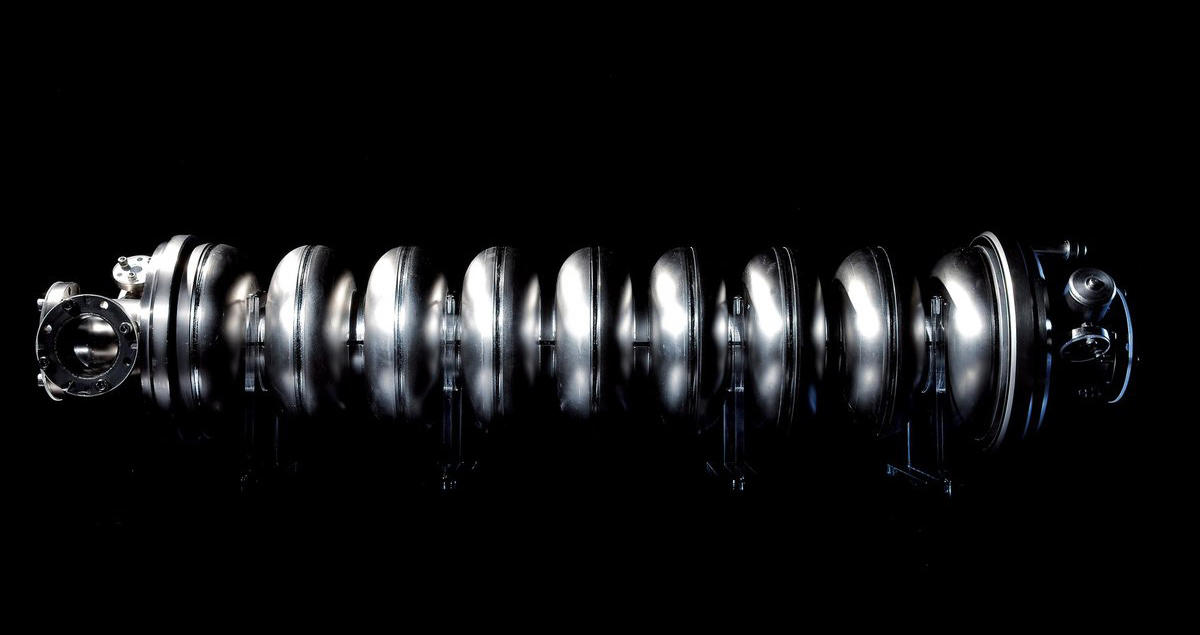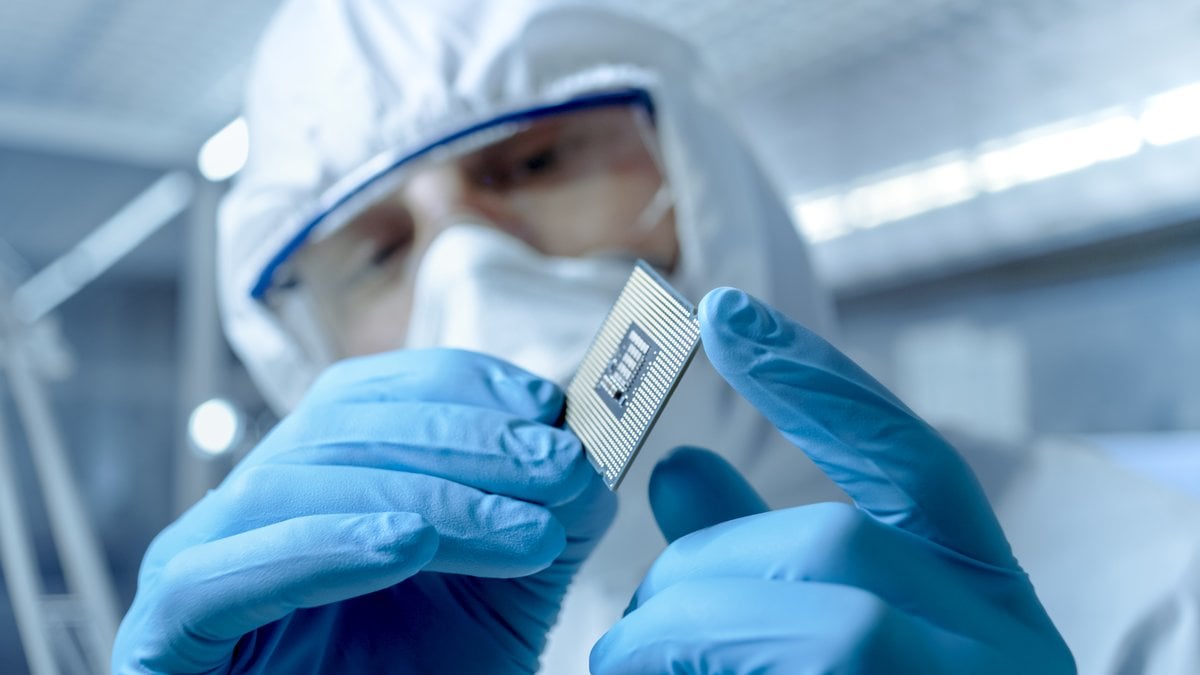When particles collide

Many people will have heard of a particle accelerator, but few have even the vaguest idea about what it does or indeed how it does it.
While particle accelerators are best known for being at the forefront of experimental physics, they are also being put to use in very practical ways such as treating cancer and even discovering oil.
And they have the potential to do much more.
The famous ‘God Particle’
Currently, the world’s largest particle accelerator is the appropriately named Large Hadron Collider at CERN in Switzerland.
It began operating in 2008, firing particles at high speed around a 27km ring buried underground.
Particles are smashed together at velocities approaching the speed of light, in the hope that the resulting collisions will reveal information about the way the universe is built.
The LHC’s most famous discovery has been phenomena that appears to prove the existence of the Higgs boson. Nicknamed “the God Particle” because it determines the mass of all things, it took nearly 50 years from Nobel laureate physicist Peter Higgs predicting the existence of the particle to scientists in CERN claiming to have discovered it in 2012.
The next step for the Higgs Boson is for it to be studied at a greater level of precision, which is where the proposed International Linear Collider (ILC) comes in.
Mitsubishi Heavy Industries Group is working on this project alongside CERN, the Japanese government and scientists and companies from around the world.
Unlike circular colliders like the LHC, linear colliders run in a straight line. Because of this, they can offer a greater level of precision than circular colliders, smashing together smaller particles.
The 25 km ILC will smash electrons and positrons together underneath the mountains of the Kitakami region in northern Japan.
MHI is providing the project with its superconducting accelerator modules, and investing in the advancement of this technology.

What is a particle accelerator?
Despite the LHC grabbing the headlines in recent years, particle accelerators have been around for a long time, and today perform a wide variety of functions beyond proving theoretical physics.
First developed in the 1930s, particle accelerators move electrically charged particles - typically protons and electrons - at increasing speed through a vacuum, guiding their movement using magnets.
When these particles - which can be travelling at close to the speed of light – collide with other particles, they can result in both radiation and new particles.
The accelerators can either be linear, moving particles in one direction, or move them in circles or spirals.
Finding Oil
Outside of the physics lab, particle accelerators’ uses range from targeted radiotherapy for cancer patients to precision welding of thin metals.
In fact, it is estimated that over 24,000 particle accelerators have been built for industrial applications.
In the oil & gas sector, particle accelerators are used to fire neutrons down boreholes. The resulting gamma rays are recorded and analyzed to reveal the likelihood of oil being present.
Elsewhere, accelerators can be used to scrub emissions from both power plants and wastewater treatment plants.
And in an industrial setting, electrons can be used to either weld very thin pieces of metal together, or give certain metals a strengthening heat treatment.
They are also partly responsible for the rise in cheaper electronics - particle accelerators can be used for ion implantation in the silicon used to make semiconductors.

The Future
The exciting potential future for this technology is that it is reducing in scale dramatically – similar to the way in which computers shrunk from machines occupying whole rooms to devices sometimes barely visible to the naked eye.
Researchers at universities in the US and Germany are seeking to develop the first “accelerator on a chip” which would use microscopic glass tunnels through which a laser is fired.
If this technology succeeds, it could result, for example, in handheld radiotherapy devices that could both radically reduce the cost of treatment and make it available it remote or undeveloped regions of the world.
In so many fields, the potential of the particle accelerator is only now really being understood.





